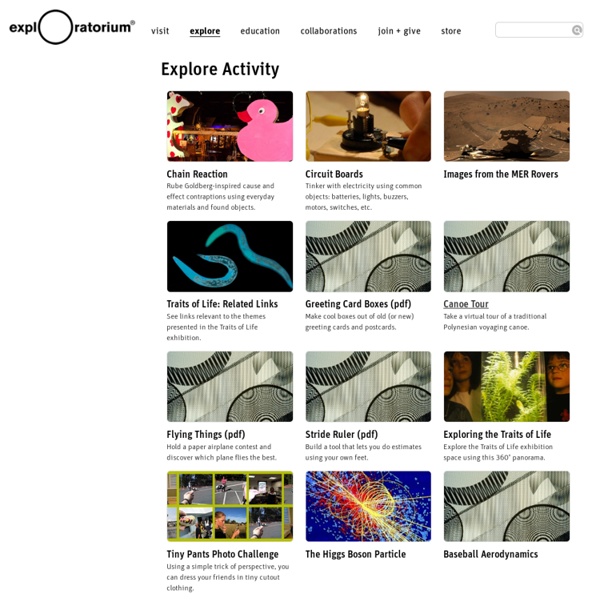Exploratorium

Discovery Education | Siemens Science Day
Beyond Penguins and Polar Bears
Stellarium
Search, Collect, and Share | SMILE
Susan Benton Strange Facts
In 1903 Edouard Benedictus knocked a glass bottle of chemicals off a shelf. To his surprise, the bottle cracked all over but did not shatter into tiny pieces and scatter across the floor. Something seemed to be holding the broken pieces together. The bottle contained cellulose nitrate, which had coated the inside. Benedictus hypothesized that the coating had bonded together the pieces. By accident he had made a discovery that led to coating glass on car windshields to protect passengers from serious cuts in an accident. Today’s “safety glass” is made by a different method, but the idea is the same. Click on the video link below in the LEARN MORE box, go to the two minute mark, and find out why the timing of this discovery was important. (PHOTO:By Tony Hisgett from Birmingham, UK (Shattered uploaded by tm)[CC-BY-2.0 ( via Wikimedia Commons)
Related:
Related:



